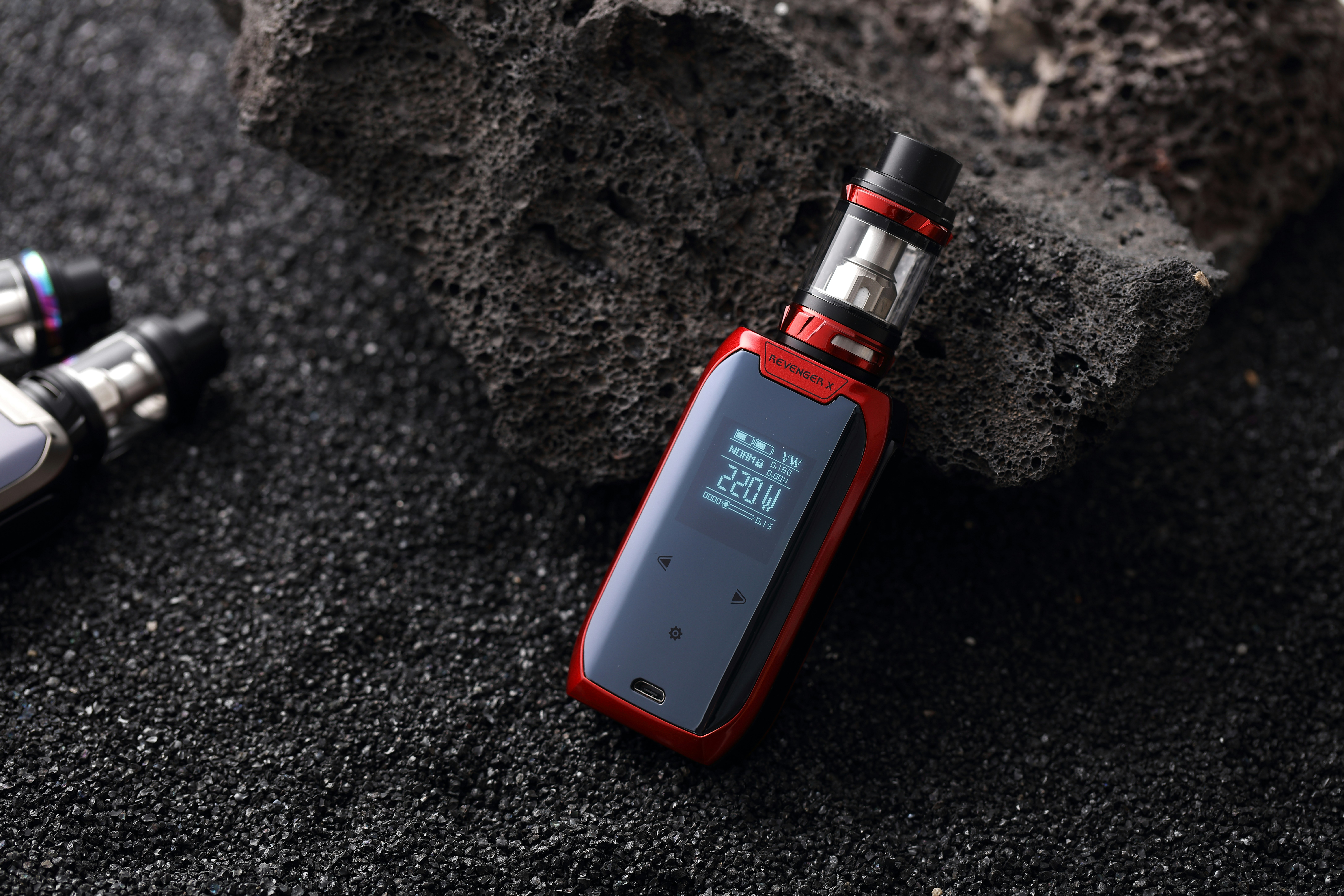Acetyl fentanyl is an analog of the powerful opioid painkiller, fentanyl, and falls under the category of synthetic drugs, substances engineered to mimic established illicit or prescription narcotics but often with higher potency and unpredictability. Although similar in structure to medical-grade fentanyl, acetyl fentanyl – also known as a fentanyl analog – is entirely non-pharmaceutical; it’s manufactured illicitly for street use only.
Despite not being approved for medical use anywhere globally, its presence on the streets has caused devastating outcomes in several places across the United States. Acetyl fentanyl is often disguised as or cut into other drugs such as heroin and sold on the streets, leading to a dangerous misconception about what users are actually consuming. Its white powder form easily blends in, making it almost impossible for an average user to identify.
When Was it Discovered?
The first recorded detection of acetyl fentanyl in the United States was reported by the Drug Enforcement Administration’s National Forensic Laboratory Information System (NFLIS) Drug database in 2013. This data, collectively gathered from federal, state, and local forensic laboratories across the country, provides a substantiated record of drug occurrences detected during investigations.
Following its initial detection in 2013, this new synthetic opioid began to appear more frequently. DEA’s NFLIS both revealed that ten different forensic laboratories successfully identified exhibits containing acetyl fentanyl within that year alone.
By the following year—2014—the situation escalated significantly with an alarming increase observed where forty distinct acetyl fentanyl exhibits were identified. These figures served as a clear indicator that acetyl fentanyl had begun penetrating deeper into street-drug circuits.
Trends in Usage
The trends in acetyl fentanyl usage and offenses have shown troubling escalation over the years. Based on available data, there was a dramatic increase in the number of fentanyl analog offenders (individuals arrested for fentanyl analog offenses) from fiscal year 2016 to 2019; these numbers increased from just four cases up to 233 – representing an overall growth of a staggering 5,725 percent.
In regard to distribution patterns observed through 2019, sentencing data for trafficking offenders dealing with acetyl fentanyl and other analogs appear distinctively unique compared against other drugs. They were frequently procured online—often sourced from overseas locations such as China—and made their way into various regions via international mail or express package delivery services.
This pattern is indicative that these potent opioids are not only spreading rapidly but their pervasive availability online poses additional challenges in combating this growing crisis.
How is it Different, Chemically From Fentanyl?
Chemically speaking, acetyl fentanyl and fentanyl are similar as they both belong to the phenylpiperidine class of synthetic opioids. However, specific variations set them apart. Acetyl fentanyl is identified as an N-acetylated version of its predecessor, occasionally referred to as desmethyl fentanyl due to a slight alteration in its molecular pattern. One distinct difference lies in the structure; acetyl fentanyl possesses a phenylacetamide group while fentanyl features a phenylpropanamide group at an analogous position.
Another significant distinction between these two compounds is their potency and legal status for medicinal usage. While both are potent narcotics, acetyl fentanyl does not hold any recognized medical use. It’s reported that acetyl fentanyl can be 5 to15 times more potent than heroin depending on purities and how it’s cut into other drugs before street sales, but 3-fold less powerful compared to pharmaceutical-grade fentanyl.
Effects of Acetyl Fentanyl – in General and Compared to Fentanyl
Acetyl fentanyl functions similarly to other opioids, including fentanyl. It binds to mu opioid receptors in the human body resulting in certain agonist effects or activation of these opioid receptors—these effects can range from pain relief (analgesia), euphoria, altered mood states, pupil constriction, general drowsiness, and cough suppression.
Additionally, acetyl fentanyl’s interaction with these receptors often results in a decrease of gastrointestinal motility which could lead to constipation – an effect commonly associated with opioid use.
Withdrawal Symptoms
Given its strong affinity for opioid receptors, it’s reasonable to anticipate a pattern of withdrawal symptoms similar to those seen with other opioids when usage of acetyl fentanyl is discontinued. These symptoms typically encompass both physical and psychological discomforts.
It’s also likely that the user would experience bouts of anxiety, increased perspiration, abdominal discomfort possibly manifesting as cramps, contractions, or bloating, nausea, vomiting, and diarrhea.
Overdose Symptoms
Overdosing on synthetic opioids, including acetyl fentanyl, can manifest in effects undistinguishable to those related to overdosing on traditional opioid analgesics. The symptoms may be severe and life-threatening.
Users may experience a state of near unconsciousness or reduced cognitive function with little interaction with the environment around them. Another indicator could be changes in pupillary size, typically presenting as pin-point constriction that is commonly associated with opioid use.
Physical symptoms like cold and clammy skin along with cyanosis—which refers to a bluish discoloration of the skin resulting from poor circulation or low oxygen level—may also occur during an overdose episode.
In extreme scenarios, coma and respiratory failure can occur, leading to death.
Treating an Acetyl Fentanyl Overdose
If you suspect an acetyl fentanyl overdose, immediate action is critical due to the drug’s potency. In a non-hospital setting, your first response should be to call 911 without delay.
In terms of medical intervention, naloxone serves as an effective treatment in counteracting life-threatening depression of the central nervous system and respiratory system seen during opioid overdoses.
Patients in such situations often require cardiopulmonary support and potentially resuscitation. Administering naloxone is vital to reverse the opioid’s effects, but it doesn’t eliminate the need for other medical interventions such as respiratory assistance.
If a person shows no response after administering naloxone or if co-intoxicants are present (or even suspected), medical professionals might resort to more aggressive measures like intubation to ensure open airways, followed by mechanical ventilation to assist or replace spontaneous breathing. These protocols aim at preserving life and minimizing any potential long-term damage ensuing from an overdose.
Treatment Options For Acetyl Fentanyl Use
Addressing acetyl fentanyl use and addiction demands professionally guided treatment approaches, primarily due to the drug’s potency and high dependency risk. An individualized approach is often necessary given the unique circumstances surrounding each case. Some of the most common and effective treatment methods include the following:
Inpatient Treatment
Inpatient treatment, also known as residential treatment, involves patients residing in a specialized facility throughout the duration of their treatment. This type of care is often recommended for individuals dealing with high-level substance use disorders or co-occurring mental health issues.
The days in an inpatient setting are structured and designed to break the patient away from harmful patterns associated with addiction. They have access to 24-hour medical support which can be extremely beneficial during initial withdrawal periods.
The key components of an effective inpatient program generally include detox (under medical supervision), individual counseling sessions, group therapy, relapse prevention, and recovery management strategies.
Outpatient Treatment
Outpatient treatment programs allow you to maintain a semblance of your regular life routines while obtaining help with substance abuse. These involve scheduled appointments for treatment, which could be several times per week, depending on the intensity and type of care required. Outpatient programs can include:
Partial Hospitalization Program (PHP): A PHP typically demands a significant commitment where individuals attend therapy and educational sessions for 6 hours per day but still return home in the evenings. This is often an effective step-down from inpatient care when ready or functions as standalone intensive outpatient service when a residential stay isn’t necessary.
Intense Outpatient Programs (IOP): IOPs generally offer more flexibility than partial hospitalization with meetings usually taking place during evening hours several times per week. This allows participants to continue their usual daily activities like work and family commitments while receiving comprehensive addiction help.
General Outpatient: In this setting, frequency intervals are less demanding compared with PHPs/IOPs; patients may have weekly therapist visits coupled occasionally by group therapy sessions—both aimed towards maintaining sobriety after stepping down from more structured treatments.
Choosing among these types of treatment largely depends upon your personal circumstances including severity of substance use disorder, available support system at home, and ability to take time off to attend treatment. Always consult with medical professionals for evaluation before deciding what treatment is right for you.
As you can see, acetyl fentanyl is a serious matter. Its prevalence on the streets as an adulterant in other drugs like heroin without users’ knowledge poses extreme risks due to variations in quality and dosage. The recent spike in overdoses related to acetyl fentanyl signifies a pressing public health concern that necessitates comprehensive approaches for effective prevention and treatment strategies.




